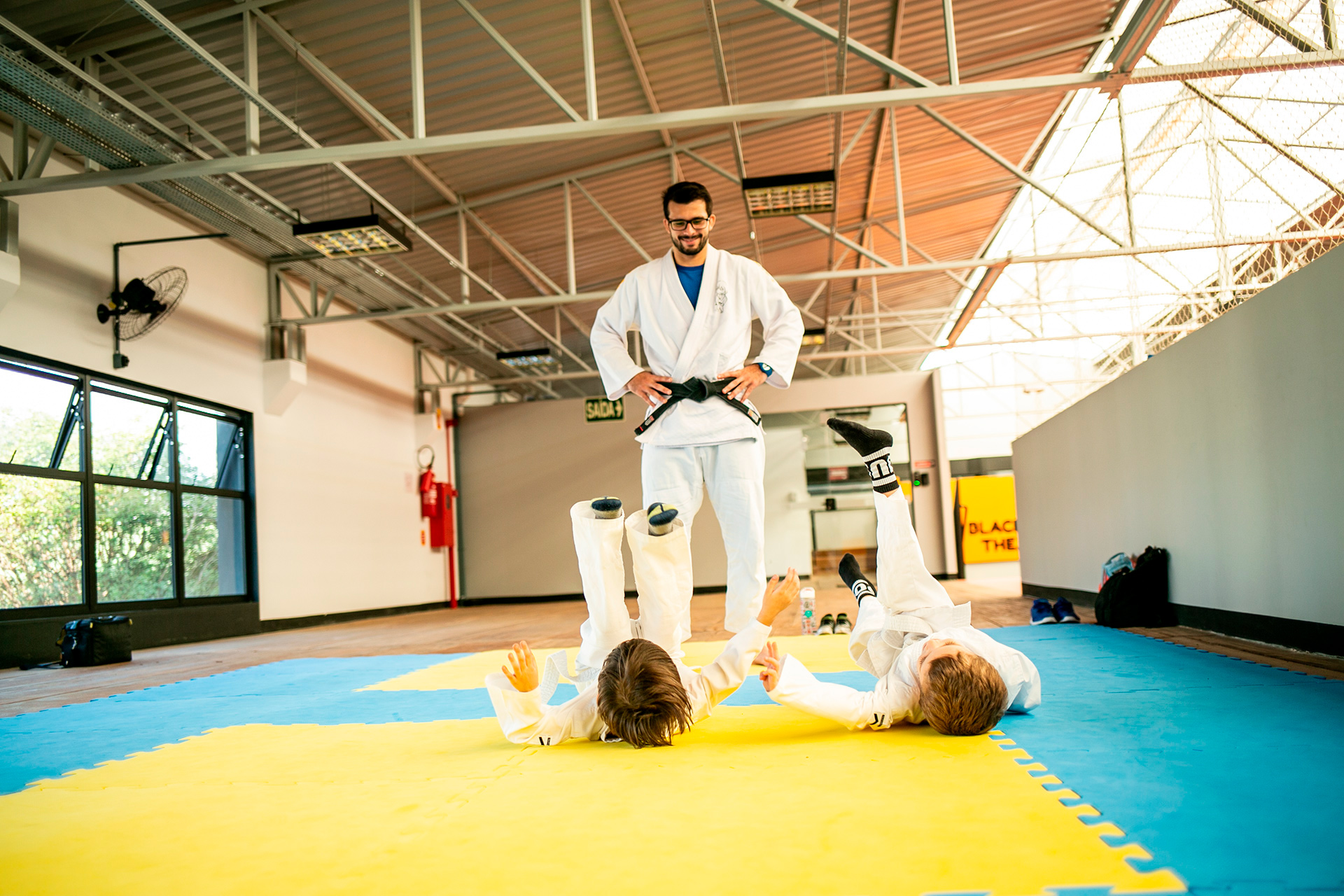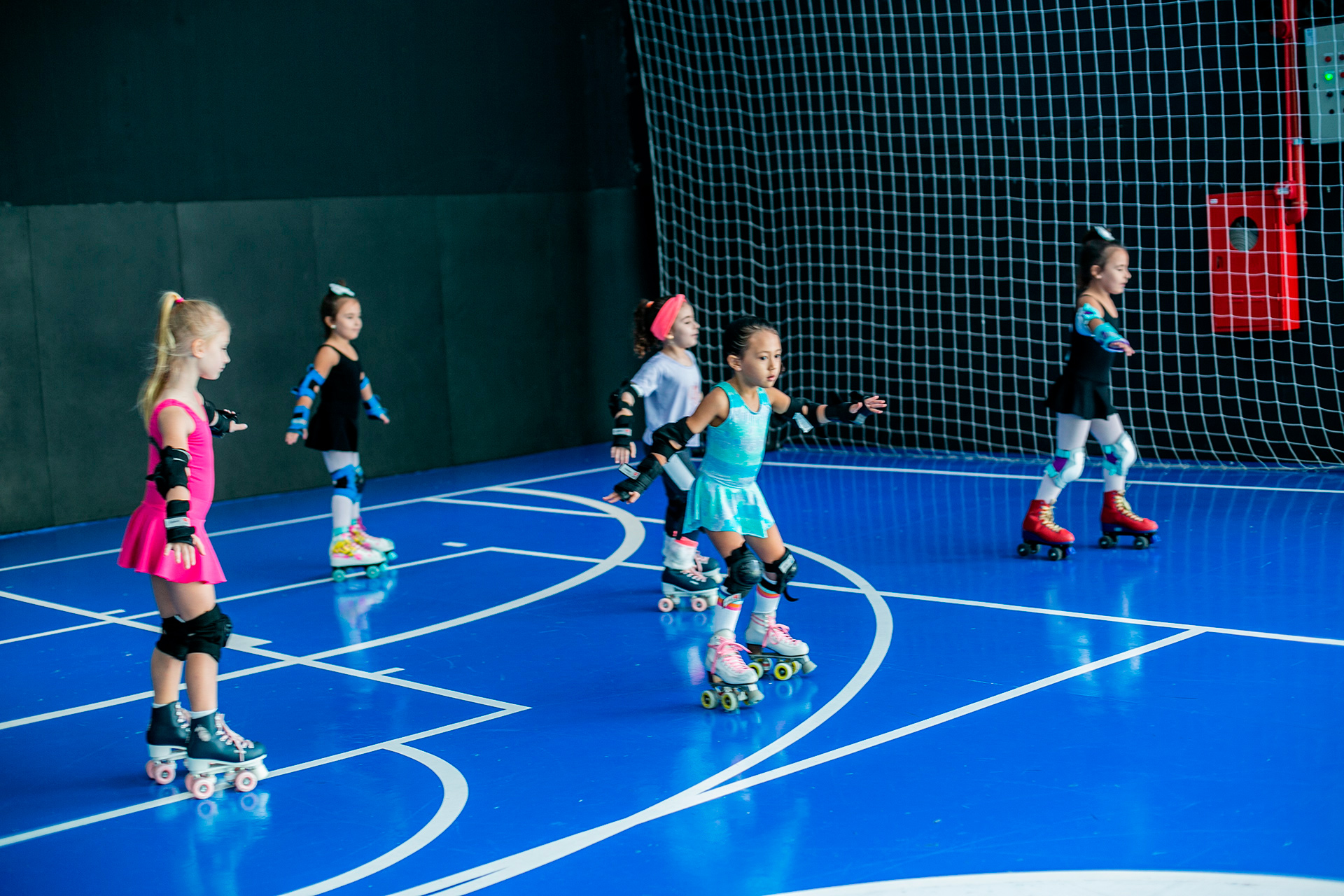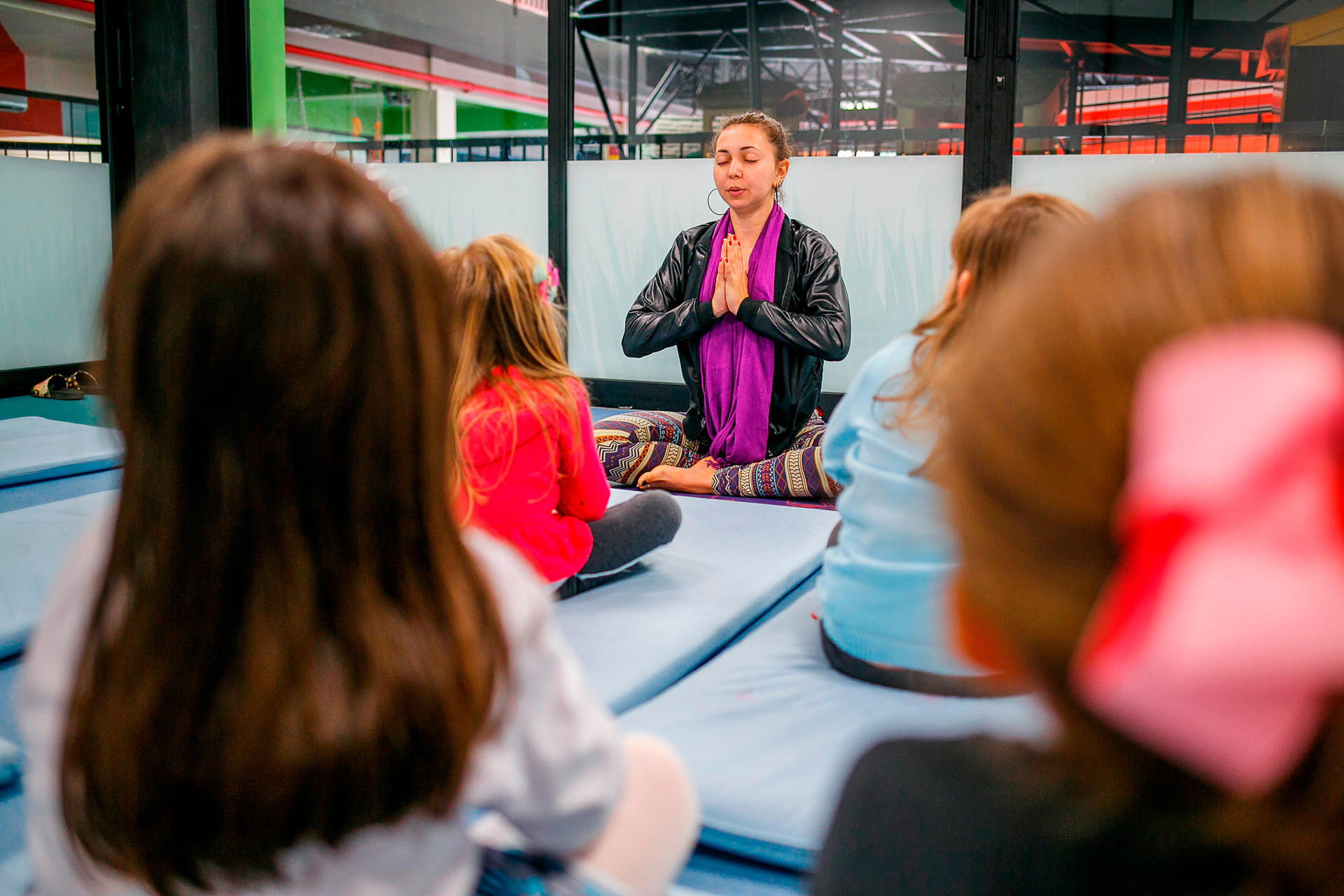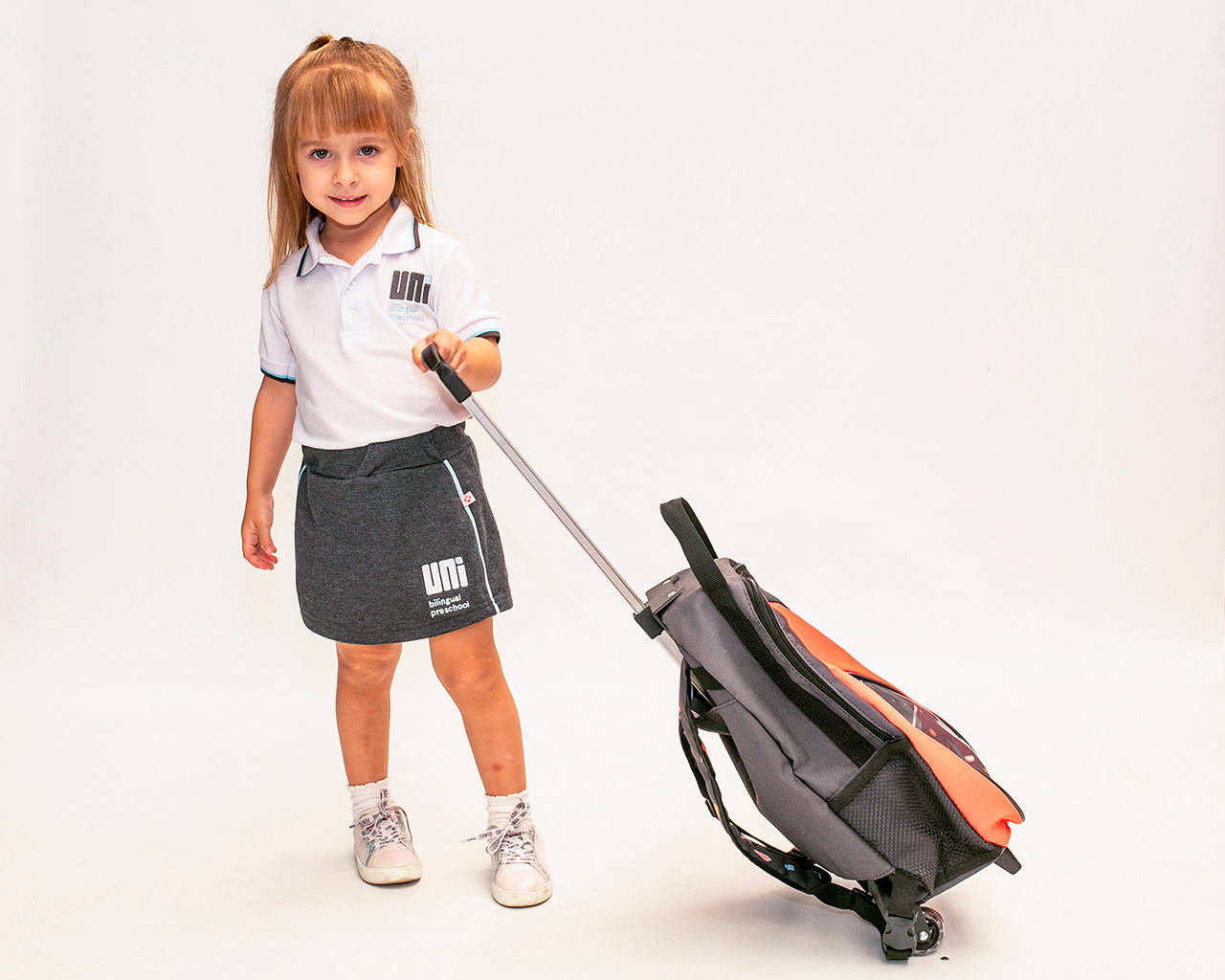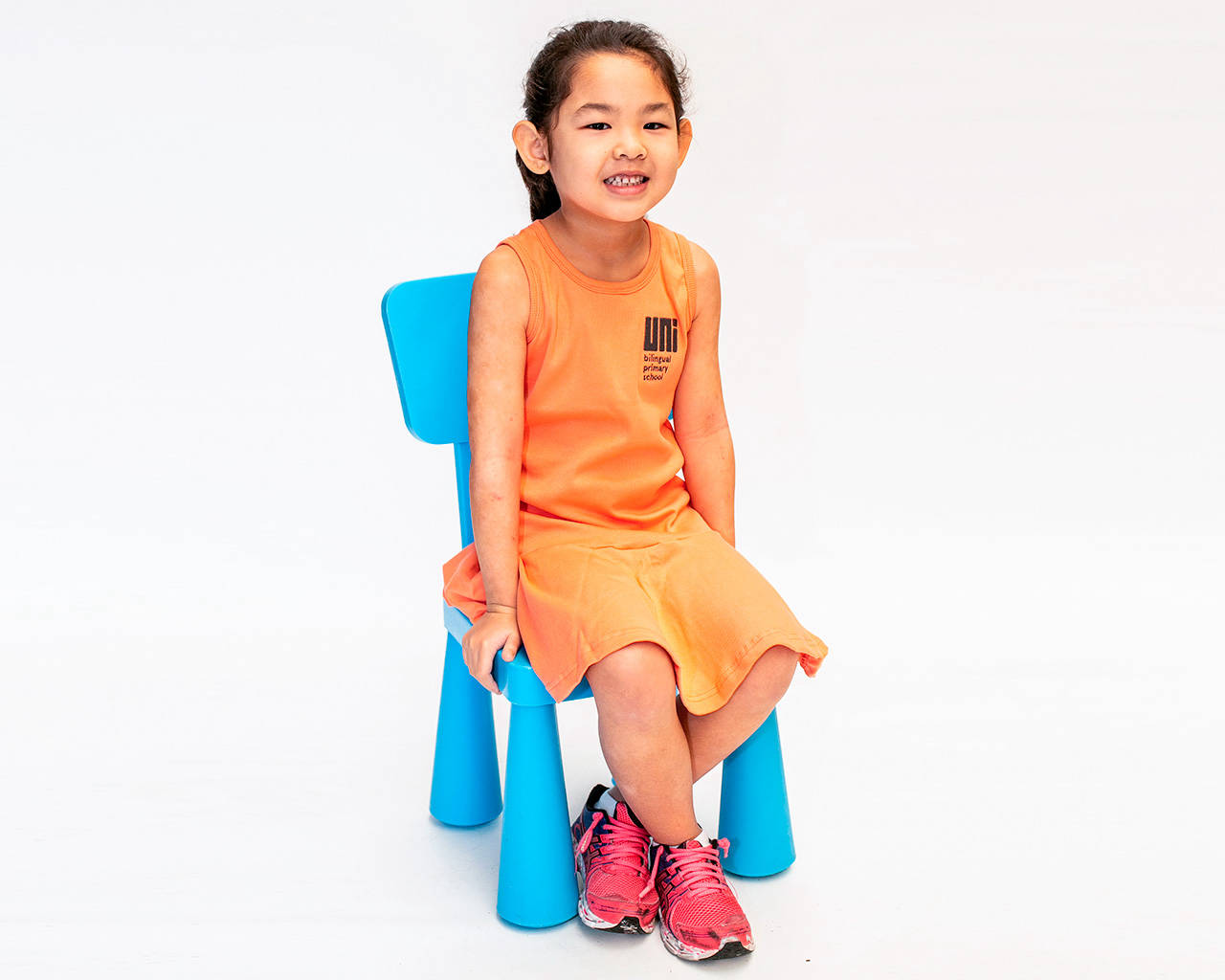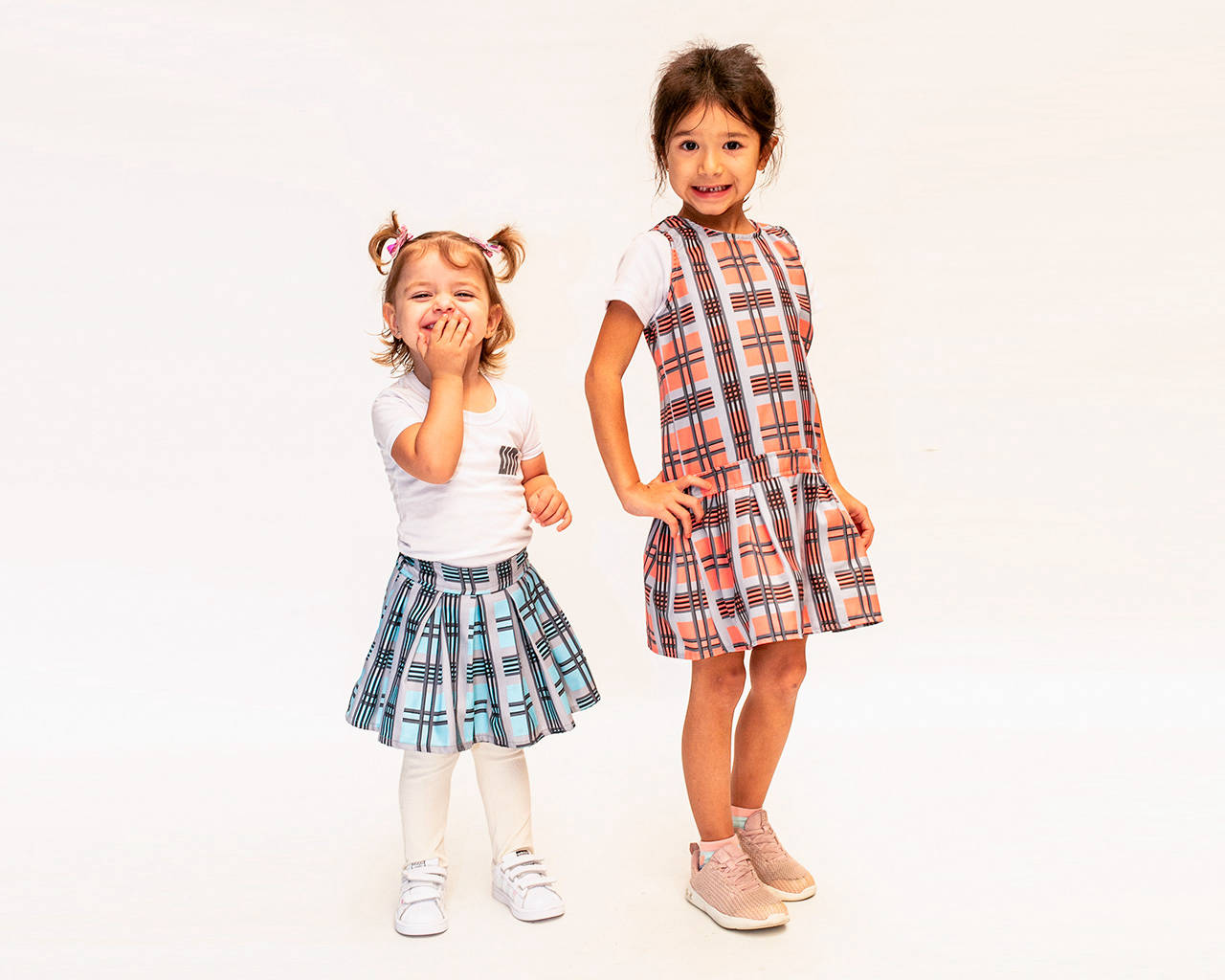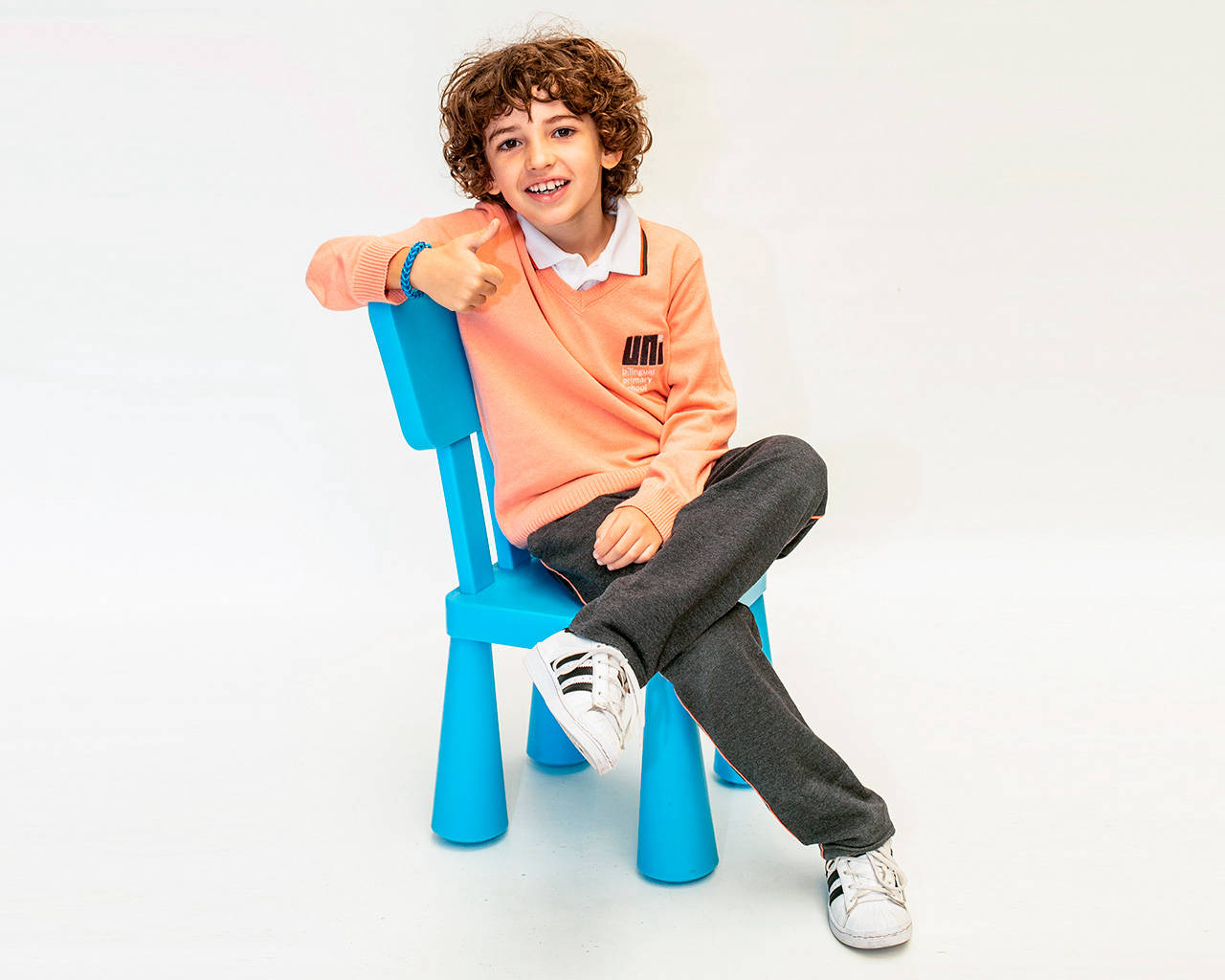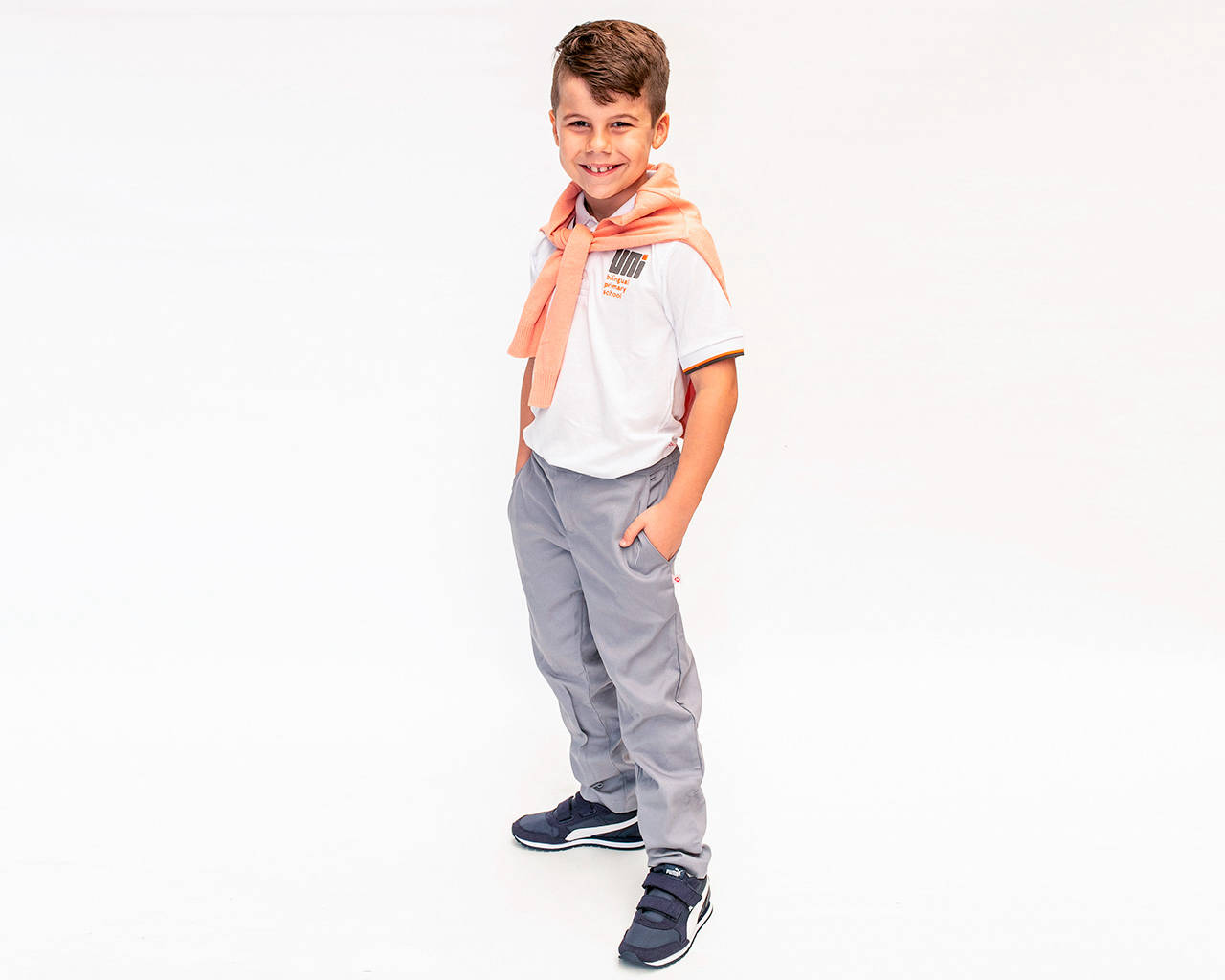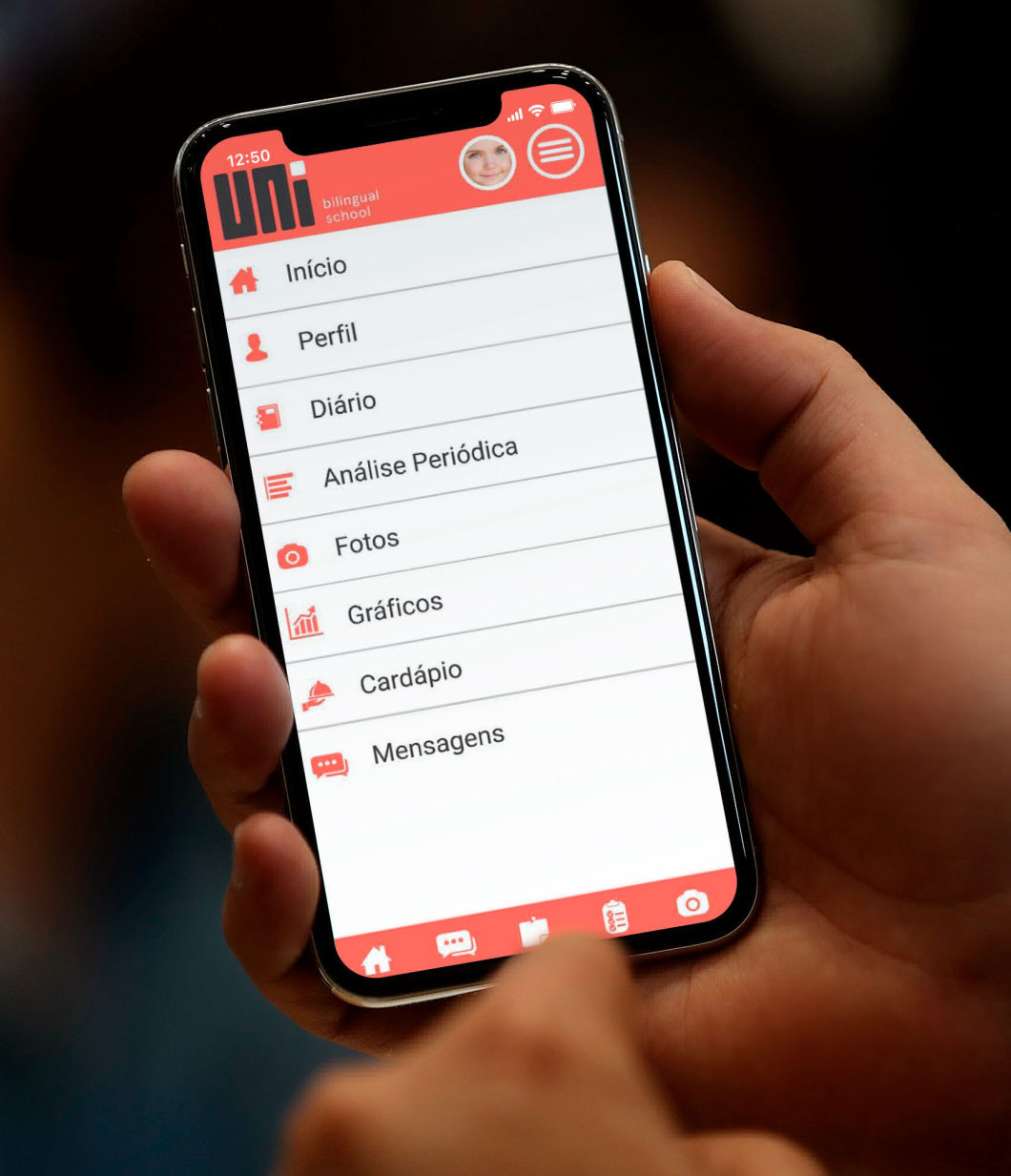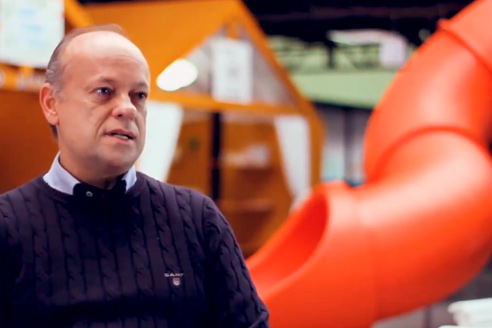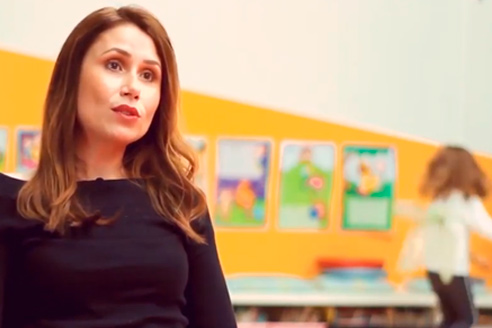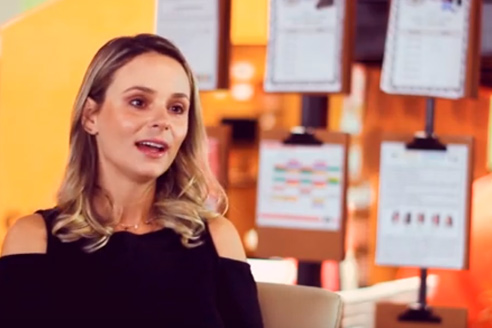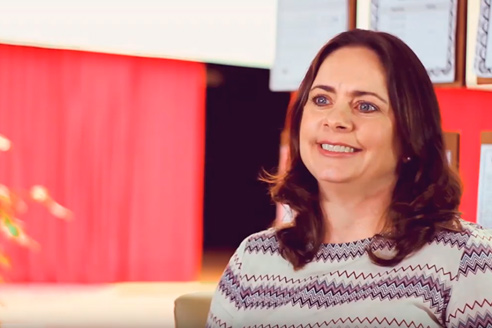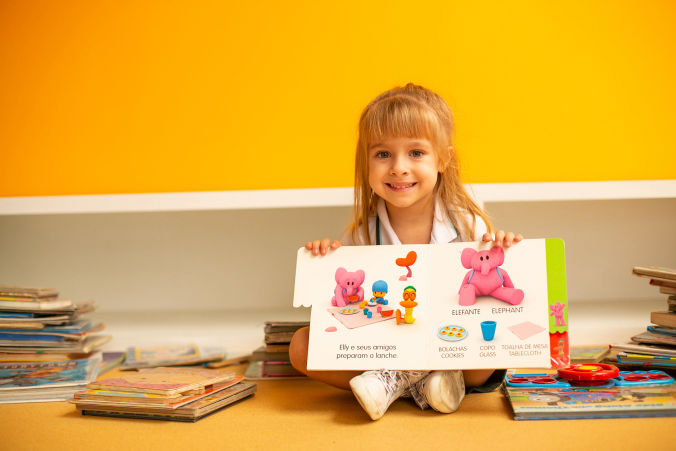
Biliteracy
Biliteracy is the ability to both read and write in two languages. It is the use of or creation of text, written or oral, for thinking, reflecting, and problem-solving within a sociocultural, and bilingual context. Students begin the literacy process from K3 simultaneously in Portuguese and English language.
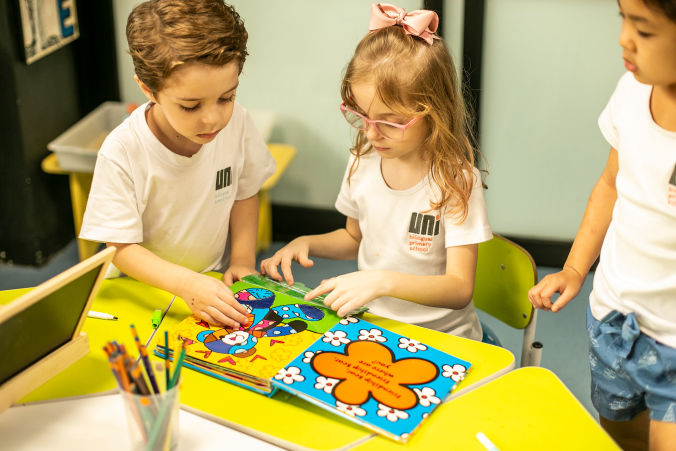
Units
Our school uses a method of teaching based on Units that consists of the many areas of knowledge. These units also merge concepts and essential skills in a transdisciplinary manner.
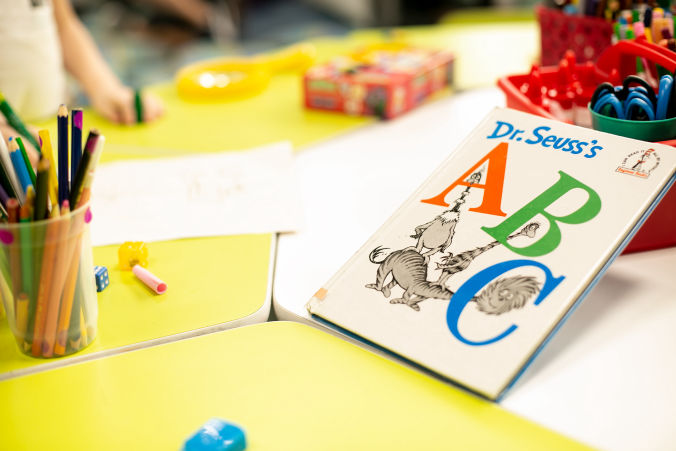
Reading
• The reading platforms used in Uni are aligned with the Brazilian and Cambridge framework curriculum. These platforms aim to establish phonological awareness, broaden vocabulary and promote language fluency.
• Our Book Club is a classroom library. Its purpose is to provide students and parents with an opportunity to read together for pleasure, known here as “Reading for Fun”. Students take home a variety of books during the school year to read with their family.
• Levelled Reading Books is a large collection of books organised in levels of difficulty. Levelled reading instruction is a literacy strategy that recognizes that a wide range of reading ability exists within any grade level. Students are placed in similar-ability groups and given developmentally appropriate books to read.
